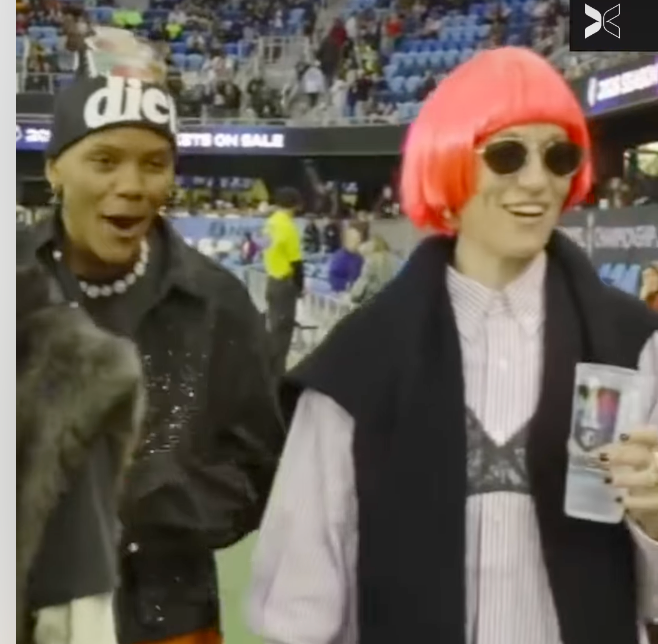A tight labor market in its home base of Omaha, NE, turned up the heat on Omaha Steaks Inc.’s teleservices operations, leading the mail order meat marketer to create a more efficient “blended” inbound/outbound call center.
Previously, the company had two separate workforces handling incoming and outgoing telemarketing calls. But after bouts of both under- and overemployment internally, the departments were consolidated, resulting in decreased staffing requirements and increased phone rep productivity.
Ronald C. Bruggeman, director of sales, says Omaha Steaks began the transition in March of last year with help from Cordova, TN-based Central Marketing Co. (CMC), a teleservices training firm. A successful pilot test during the 1998 holiday shopping season convinced Omaha to establish the blended call center. CMC has since conducted teleservices training seminars for 26 supervisors at Omaha Steaks, who are responsible for training the telephone reps.
The key to CMC’s program is teaching supervisors to transfer responsibility for job performance and development directly to phone reps, says Teresa Hartsaw, CEO and president of CMC.
Omaha Steaks presently uses about half its 300 call center stations for blended calls. Less-aggressive phone reps typically don’t receive training for call blending; about 25% continue to answer inbound calls only, while another 25% strictly make outbound calls. The number of phone reps and the hours they work varies from week to week, notes Bruggeman.
The company has about 1,500 employees overall. Last year, when the local unemployment rate dipped to just 1%, the company had to confront more than the usual staffing headaches. It had trouble hiring enough phone reps to cover peaks in inbound call volume, but too many reps when volumes slowed.
“We had times when (inbound) employees had nothing to do,” says Bruggeman. “It was a constant problem deciding whether to send employees home or retain them, or borrow employees from other departments when the call volume increased.”
Call blending provided a solution to the problem of finding additional employees to handle peak call volumes, giving managers greater flexibility to rotate telereps from inbound to outbound calls as needed.
The reorganization pays off in other ways as well. The blended environment shortens the waiting time for inbound calls to be answered. And lulls in inbound volume are filled with boosted outbound calling hours, says Bruggeman.
The blended call center for the first time makes it possible for Omaha Steaks to run direct response television ads without automatically having to hire an outside teleservices agency to handle call volume overflow.
“We can handle larger spikes in call volume than before to do more DRTV,” saysBruggeman. “Prior to call blending we didn’t handle DRTV calls to meet our internal standards.”
Omaha Steaks has 1.2 million active customers. The company generates more than $200 million in annual sales of steaks and other gourmet foods, including approximately $1 million in online sales, 75% of which comes from America Online.
To generate additional outbound opportunities, Omaha Steaks’ Web site (www.omahasteaks.com) includes a “call-me” button that visitors can click to let the company know that they’d like to be contacted by phone.



